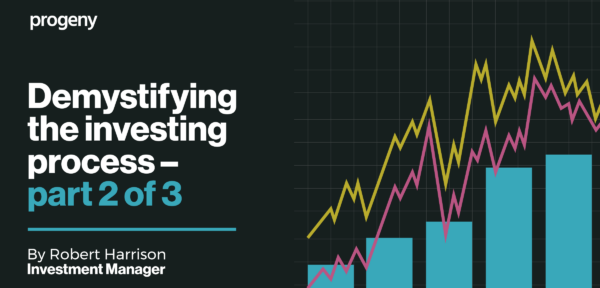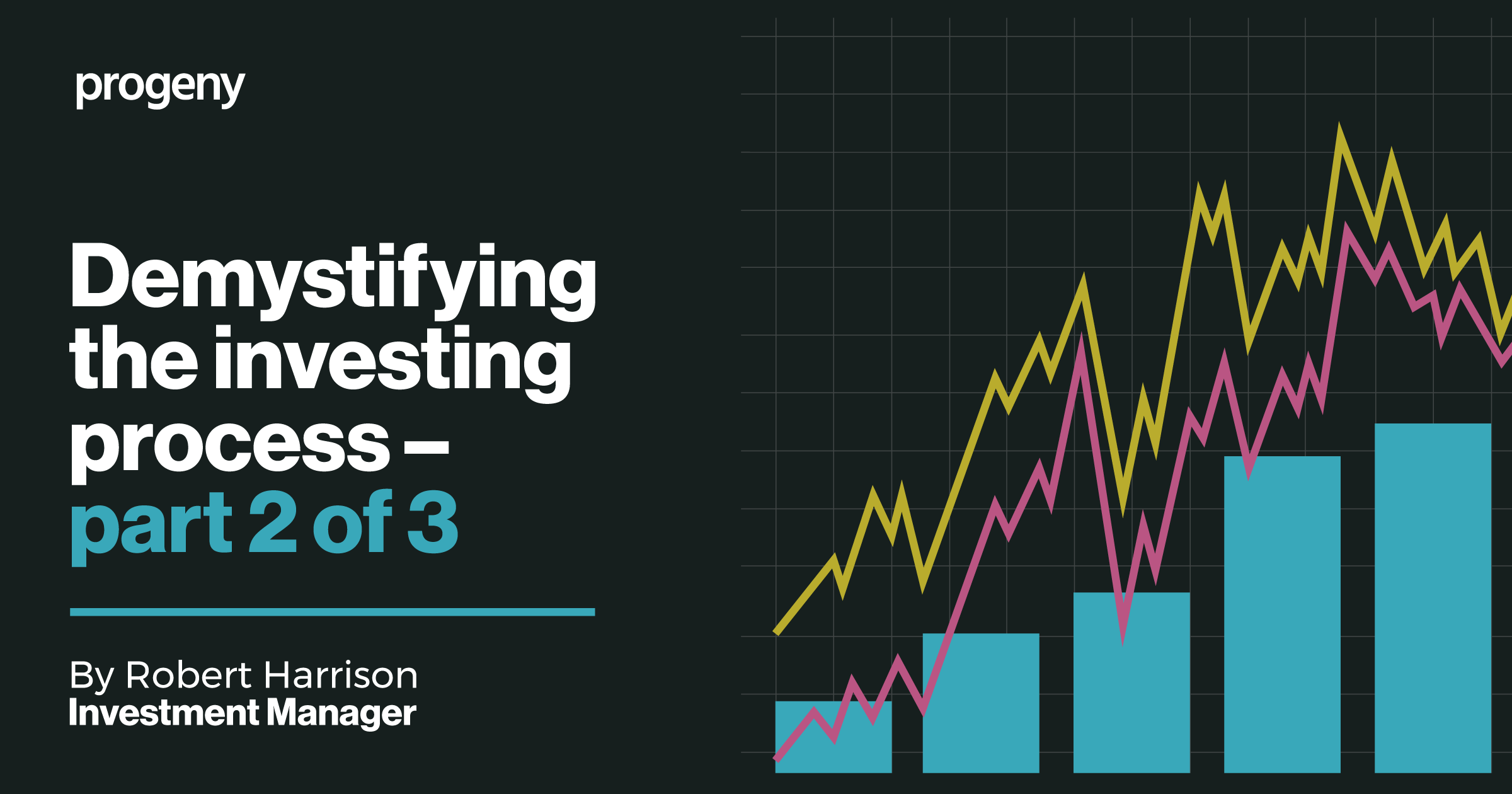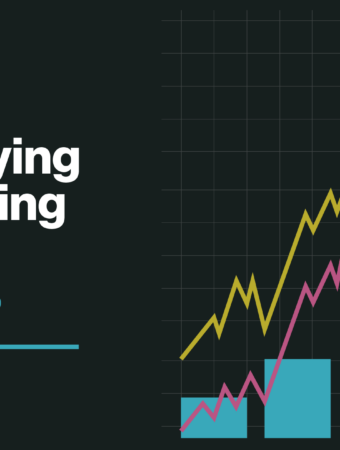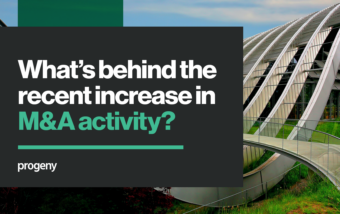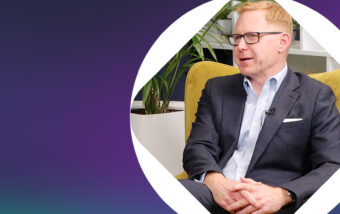In part one of this three-part series aimed at demystifying the investing process, we looked at the different types of investments that can make up an investment portfolio and their different purposes and roles.
In this article we’re going to consider some of the factors investors and investment managers use to decide which companies and businesses to invest in.
Selecting investments
You might hear phrases used like quantitative and qualitative analysis, or references to earnings, dividend yield, growth and valuation but ultimately all analysis is aimed at building up a comprehensive picture of the companies being considered for investment.
Investors will look at what the business does, whether it makes profit and, if so, how. They will want to know how the business is intending to grow in the years ahead, and at what rate. Who are its customers, where does the company fit in its marketplace and how is it perceived by other investors?
They will follow a process of analysis to gather as much information as they can about each and every company they are considering investing in. This analysis can vary depending on what type of businesses are being assessed and what the investor is looking for but will nearly always involve a deep dive into the company’s accounts. This will focus on everything from the strength of the balance sheet to the direction in which the management is steering the business. It will also consider how much debt the company is in and whether it is likely to need to raise more debt or equity in the future.
Future growth
One of the hardest parts of the analysis is trying to predict the future growth of a business. Most of the assessment investors or investment managers carry out is retrospective, looking back on data and known results to date. Predicting the future growth of the business involves making a calculated assumption. Investors base these assumptions on meetings with management and the economic environment the business is trading in.
Often, different investors will take different views on the future of the business in question, or how quickly they believe it is likely to grow. Even experienced investment professionals will differ in their predictions. Not all of them will be correct. What’s more, unpredictable events outside the company’s control can affect operations, as we have seen with the pandemic.
Different types of investment aims
Different types of investor will look at different types of investments, depending on what their ultimate goals are. A growth investor is likely to have more focus on how quickly the company is growing its revenue or earnings, while a value investor will look more towards how cheap a company’s shares are, focusing on different valuation metrics.
As an investor there is no right or wrong approach and many will blend both styles, depending on their attitude, what they are seeking to achieve or what’s important to them – whether that is a company’s future growth potential or the belief that its share price today is below what they think it is really worth.
Direct stocks vs collective funds
When buying stocks and shares, investors can acquire them as a direct stock or as part of a collective fund. When we talk about direct stocks we are referring to the process of buying company shares directly, for example, shares in BP or Unilever.
However, for investors who might not feel comfortable buying direct shares, collective funds can be an alternative option. Collective investment funds are managed by a professional fund manager who will oversee a portfolio of investments. They allow individuals to invest in a number of different companies and spread the risk.
When choosing a collective fund, an investor might want to really understand how the manager runs the fund and what to expect from the fund in different market conditions. A manager with a consistent process can help avoid any unexpected surprises, with the aim of delivering a smoother and more comfortable journey for investors, avoiding sharp periods of underperformance.
In the third and final article in the series we will focus on the individual investor and show how investment managers bring together their knowledge of the market with an individual’s investment goals to help them achieve their financial ambitions.
Click here to read Demystifying the investing process – part 3 of 3
